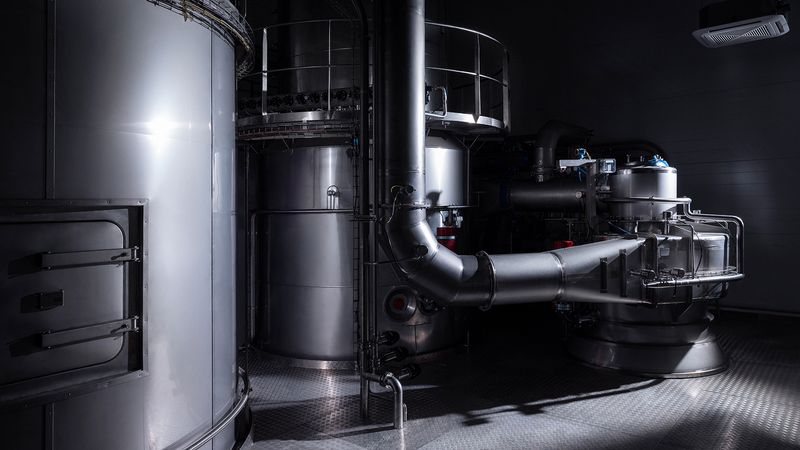

Finland eyes €1 billion cellular agriculture export opportunity with strategic policy roadmap
Finland is positioning itself as a leader in cellular agriculture with the release of a new report that outlines how the country can scale up its food exports by embracing cell factories and bioreactor-based production methods. Commissioned by the Ministry of Agriculture and Forestry and Business Finland, and produced by VTT Technical Research Centre of Finland, Natural Resources Institute Finland, and the University of Helsinki, the report identifies cellular agriculture as a key pillar for a future-proof food system.
The findings suggest that Finland could capture between €500 million and €1 billion (US$540 million to US$1.08 billion) in annual export revenue by 2035 through cell-based food products and related technologies. The report emphasizes the need for urgent investments in infrastructure and regulatory reform to unlock this potential.
“Cellular agriculture offers Finland and the EU a pathway to a resilient, sustainable food system,” said State Secretary Päivi Nerg of the Ministry of Agriculture and Forestry. “We must identify the necessary change paths and ensure that measures consider the entire chain, from farmers to consumers.”
Cellular agriculture refers to food production using cultivated microbial, algal, plant, insect, or animal cells, often within bioreactors. These so-called “cell factories” can produce proteins, fats, and other ingredients for food, feed, or even products like coffee and cocoa that face climate-related production risks.
Among the report’s most urgent recommendations is the need to expedite and streamline the EU’s novel food regulatory process, which companies currently see as a major bottleneck compared to faster-moving markets in the USA and Asia. The authors propose establishing a dedicated Finnish support office to assist companies navigating the approval process and to advocate for more efficient rules at the EU level.

The report also calls for a five-year, €100 million (US$108 million) research, development, and innovation (RDI) program. This initiative would bring together traditional agriculture and cellular agriculture to foster new solutions that draw on Finland’s natural and technological advantages.
“One of Finland’s biggest challenges currently is the lack of capital, which limits the growth opportunities of cellular agriculture,” said Emilia Nordlund from VTT, who led the study. “Building production facilities requires large investments, and success will not come without government support.”
To this end, the report emphasizes the need for government-backed risk financing and loan tools that would attract private and international investment in production-scale facilities.
Finland is home to abundant carbohydrate-rich biomass streams – such as straw, sawdust, and grass – that can serve as feedstocks for microbial production. According to the report, converting just half of the country's straw into sugars could meet the annual protein requirements of the entire Finnish population through microbial protein production.
“Top-level expertise in industrial biotechnology, paired with Finland’s renewable energy infrastructure and biomass knowledge, gives the country a competitive edge,” said Nordlund. “As a small and agile country, we can collaborate smoothly and create innovations that integrate cell factories into the food system.”
Teija Lahti-Nuuttila, Executive Director at Business Finland, echoed this sentiment, urging Finnish companies to recognize their strengths in emerging food value networks. “Business Finland is already funding ambitious cellular agriculture RDI projects, so there is no need to wait for a separate program,” she said.
The report’s remaining recommendations include establishing a cross-ministerial working group to coordinate future food policy, developing education programs to train a new generation of food tech specialists, supporting consumer engagement through public tastings, and creating targeted export support services that address not just food products, but also technology, equipment, and IP.
The report's conclusions are based on stakeholder interviews, international benchmarking, and vision workshops with experts across the Finnish and global food sectors.
By aligning public policy, research efforts, and private investment, the authors argue Finland can not only meet domestic food security and sustainability goals but also become a leading exporter of food system innovation.
If you have any questions or would like to get in touch with us, please email info@futureofproteinproduction.com






